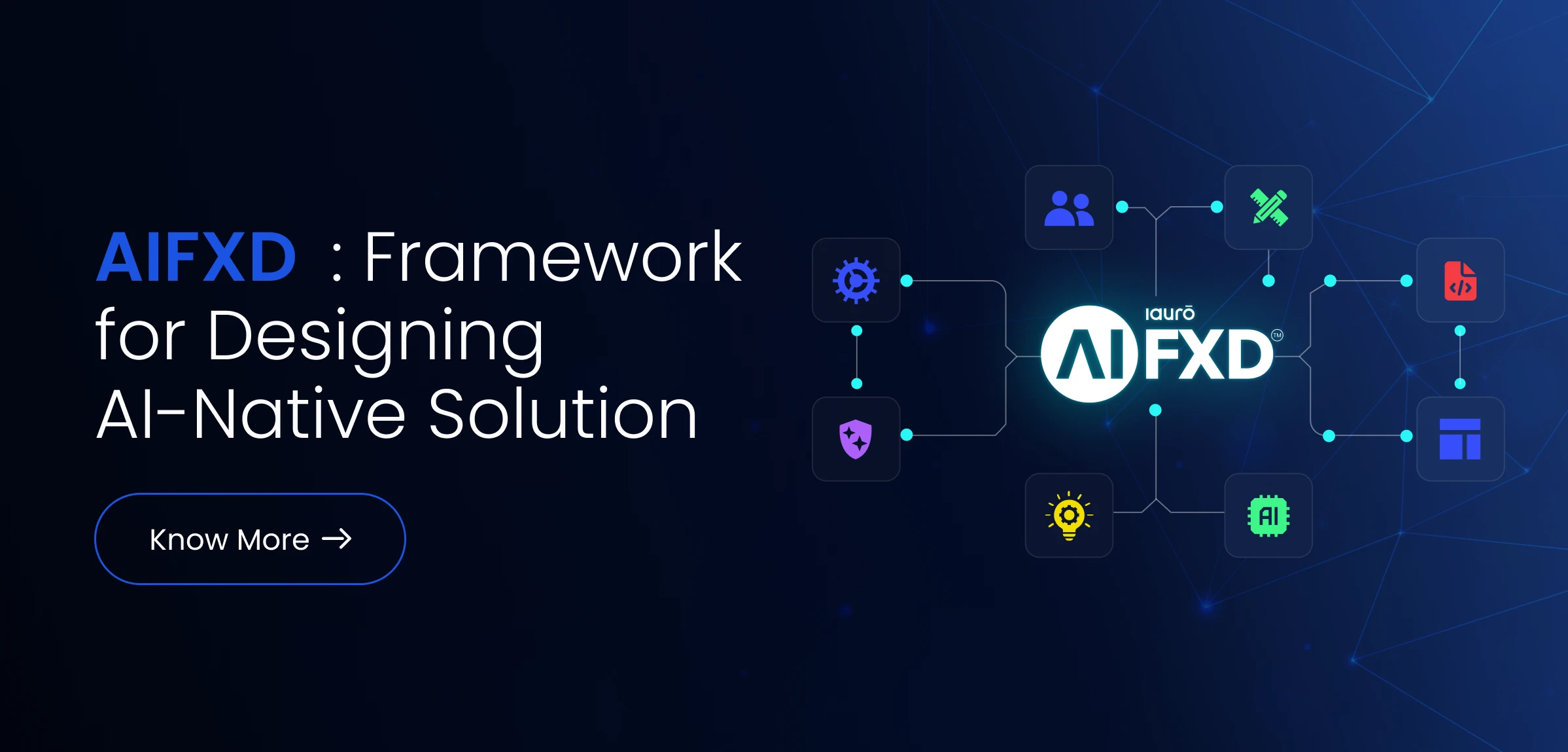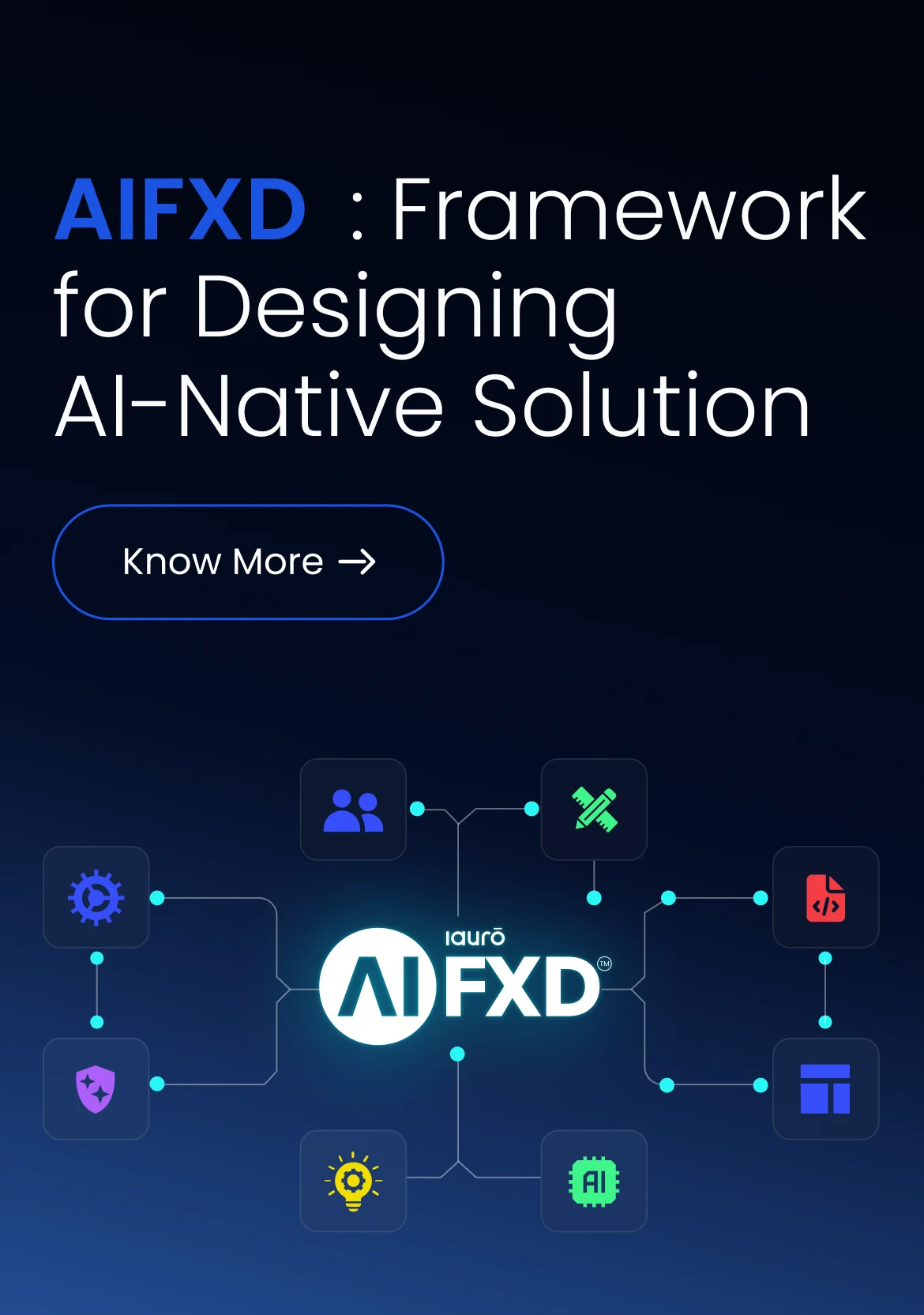Choosing the Right LLM Model for Your Needs :
A Simple Guide

A Simple Guide
In the vast landscape of language models, Large Language Models (LLMs) have taken center stage, revolutionizing the way machines understand and generate human-like text. However, with various LLMs available, each with its unique capabilities, choosing the right one for your specific use case can be daunting. In this blog, we’ll simplify the process, helping you understand which LLM is the best fit for your needs.
Before diving into the types of LLMs which are there to choose from, let’s understand the factors that are required to be considered before choosing LLM for use cases.
Quality:
Cost:
Open Source vs Proprietary LLMs
Input Length :
Tailor your approach to input length based on your data. For analyzing extensive text, models like GPT-4 or Claude v2 with large context windows are ideal. For smaller tasks, models with smaller context windows can suffice, but effective pre-filtering mechanisms are crucial to ensure relevant data inputs.
Now that we have gone through the factors that are vital for considering LLM for use cases we can go further with understanding the basics of LLM Models. These models, like GPT-3, BERT, and T5, are designed to comprehend and generate human-like text at an unprecedented scale. They’ve proven valuable in various applications, from natural language processing to content generation.
Mistral 7B
BERT for Precision in Understanding Context
T5 for Multitasking AND Summarization
Training Data AND Fine-Tuning
Another crucial aspect is the availability of domain-specific data. Depending on your use case, you may need to fine-tune the model on a dataset that aligns with your domain. Fine-tuning helps the LLM adapt to the nuances of your specific application, enhancing its performance in your targeted domain.
In conclusion, the world of Large Language Models offers a diverse set of tools to elevate your natural language processing applications. GPT-3, BERT, and T5 each bring their unique strengths to the table. Assess your needs, whether they involve creative writing, precise contextual understanding, multitasking, or summarization, and choose the LLM that aligns with your goals.
Remember, the effectiveness of an LLM in your application isn’t solely determined by its size or popularity but by how well it suits the specific demands of your use case. With this guide, we hope to simplify the decision-making process and empower you to harness the full potential of LLMs in your projects.

